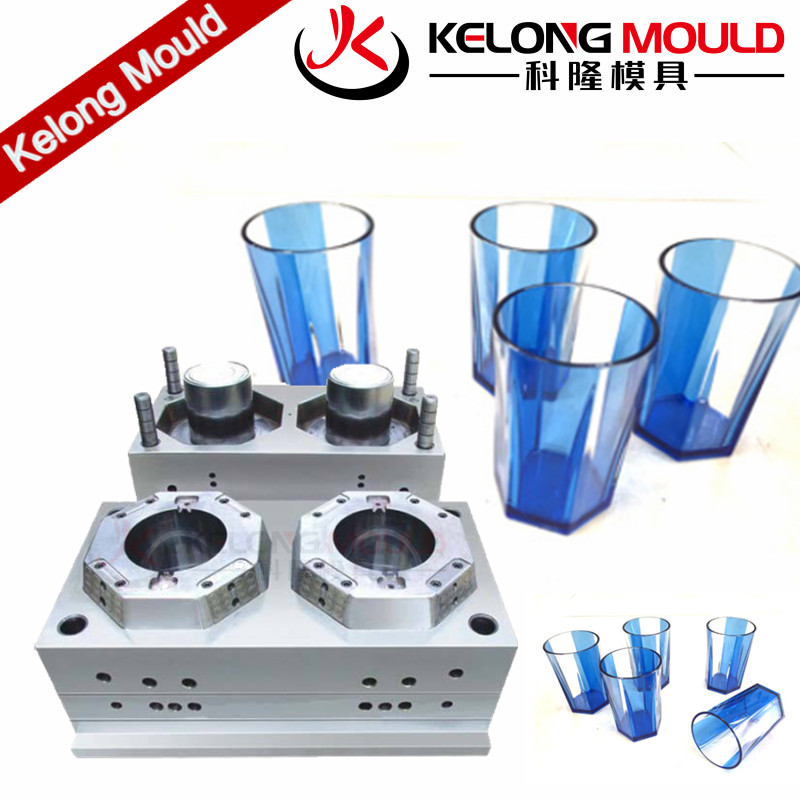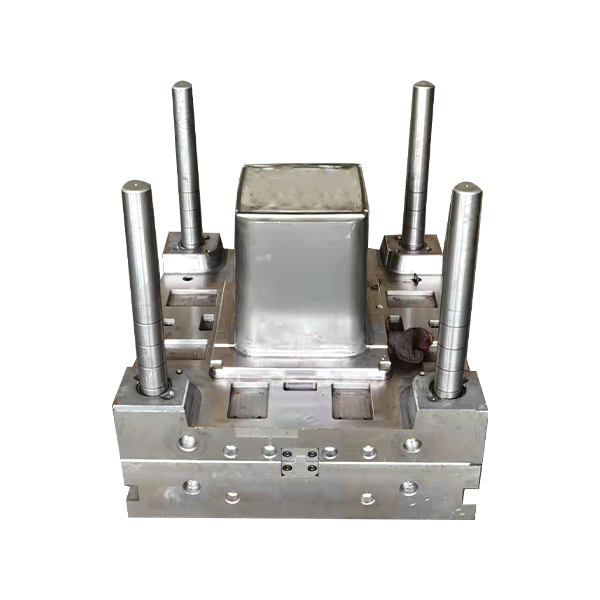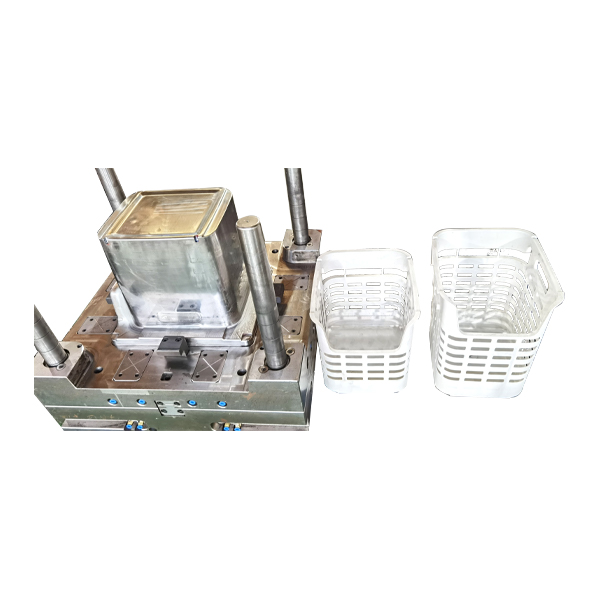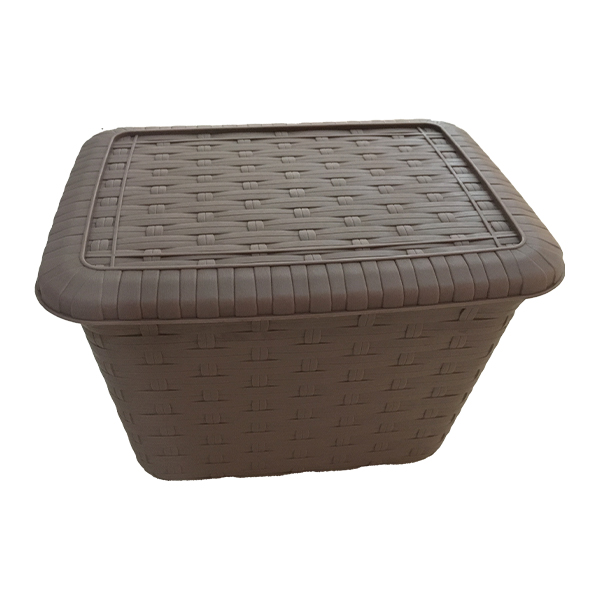The automotive industry is continuously evolving, and bumper production is no exception. The role of automotive moulds in bumper manufacturing has become increasingly important as design complexity and customization demands grow. Bumpers, once simple protective components, are now integral to a vehicle’s overall aesthetic, safety, and functionality. In response to these changes, trends are transforming the way bumpers are produced and customized, enabling manufacturers to deliver more advanced, unique, and personalized designs. This article will explore some of the key trends in Custom automotive moulds for bumper production and customization.
One of the significant trends in automotive moulds for bumper production is the integration of advanced materials. As vehicles move toward being lighter and more fuel-efficient, manufacturers are increasingly turning to lightweight yet durable materials such as thermoplastics, composites, and bio-based polymers. They are designed to handle these materials with precision, ensuring the finished bumper has the desired characteristics, including impact resistance, flexibility, and durability. The ability of automotive moulds to work with a range of advanced materials not only enhances the bumper’s performance but also opens up possibilities for greater customization options in terms of texture, color, and finish.
With consumers increasingly seeking personalized products, the demand for customized bumpers has risen. OEM Auto Bumper Moulds play a crucial role in enabling customization, allowing manufacturers to produce bumpers tailored to the specific needs and preferences of customers. These customized bumpers may include unique designs, colors, or even additional features, such as integrated lighting or sensors.
To meet this demand, automotive moulds have become more flexible and adaptable. Manufacturers are now able to create bumpers with intricate shapes and patterns that align with specific design requirements. Moulds that allow for quick adjustments and easy modifications to accommodate varying designs and features are highly valued in today’s automotive industry. This flexibility in its technology ensures that manufacturers can cater to niche markets, including luxury vehicles, sports cars, or electric vehicles, where customization is often a key selling point.
One of the innovative trends in automotive moulding is the use of 3D printing for rapid prototyping and production. 3D printing enables the creation of highly complex moulds for bumpers that would be difficult or costly to produce using traditional methods. With 3D printing, manufacturers can quickly test different bumper designs and evaluate their performance before committing to full-scale production. This not only speeds up the development process but also provides a more efficient way to create customized bumpers that meet specific customer needs.
Automation in the manufacturing process has become another key trend in automotive moulds for bumper production. Robotic systems are now widely used to handle complex tasks such as material handling, mould placement, and quality control. The increased use of robotics in conjunction with it has enhanced the precision, efficiency, and speed of bumper production.
Automated systems also improve the customization process by allowing manufacturers to produce smaller runs of customized bumpers without significant delays or increased costs. Automation ensures that each bumper is produced with the same level of quality and consistency, whether it is a mass-produced model or a customized piece.
Sustainability has become a central consideration in the design and manufacturing of automotive parts, including bumpers. Car Bumper Mould Makers are being developed with more sustainable practices in mind, both in terms of the materials used and the energy required for production. For instance, moulds that enable the use of recyclable materials, as well as energy-efficient moulding processes, are increasingly popular.
The trends in automotive moulds for bumper production and customization are reshaping the way bumpers are designed, produced, and integrated into vehicles. From the use of advanced materials and 3D printing to increased automation and the integration of smart technologies, automotive moulds are becoming more sophisticated and versatile. These innovations allow manufacturers to meet the growing demand for personalized, functional, and sustainable bumpers. As the automotive industry continues to evolve, automotive moulds will undoubtedly play a crucial role in driving the future of bumper production and customization.

 English
English Español
Español




.jpg)
.jpg)





